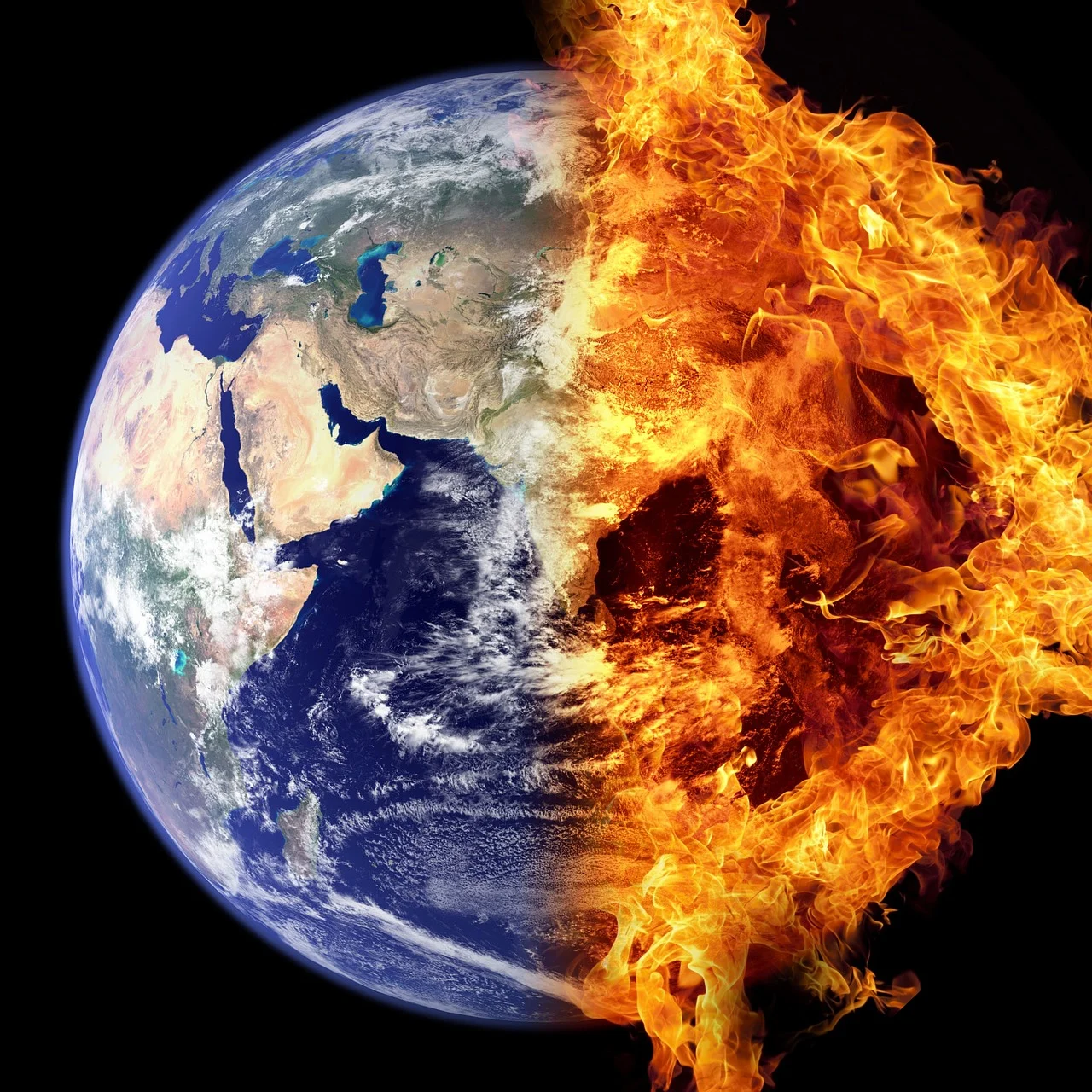
Cyclone Sitrang
The Meteorological Department has issued an alert for the following few days in numerous states following the monsoon rains. The IMD warns that because of cyclonic storm Sitrang, some states may see severe rains on Diwali. Cyclone Sitrang is also capable of wreaking damage in numerous states, according to a forecast alert. The Meteorological Department has issued an alert for a number of states, including West Bengal and Odisha.
On Tuesday morning, the cyclone is expected to cross Bangladesh and the adjoining West Bengal coast (October 25). According to the forecast, the Sundarbans on both sides of the international border will be hit the hardest.
Cyclone
Cyclone is a general term used by meteorologist to describe any rotating, organised cloud that originate over waters. “Cyclones”, “Hurricanes”, “Typhoons” are one event but different names depending on the location.
1. Atlantic and Northeast Pacific – “Hurricane” .
2. Northwest Pacific – “Typhoon”.
3. South Pacific and Indian Ocean – A “Cyclone”.
Why Cyclone Happened?
A cyclone is a cloud that forms in the presence of warm air and low atmospheric pressure. When warm air from one side and cold air from the other mix, it forms a circular storm, which is known as a cyclone.

How Are Cyclones Named?
The last cyclone that made landfall in India was named “Jawad” by Saudi Arabia. But, who decides the name of a cyclone?
Tropical cyclones are named according to the rules at the regional level. The name is taken from a list which contains suggestions categorised alphabetically and country-wise. It should not be offensive to any member country or hurt the sentiments of any group of population.
In 2020, a fresh list was released with 169 names, including 13 names from 13 member countries. The 13 member countries are Bangladesh, India, Iran, Maldives, Myanmar, Oman, Pakistan, Qatar, Saudi Arabia, Sri Lanka, Thailand, United Arab Emirates and Yemen. These countries name cyclones affecting the north Indian ocean regions. Names from India that have been used before include Gati, Megh, and Akash. The cyclone that will form after Asani will be called Sitrang, a name given by Thailand.
Disaster Management
NDRF and SDRF are two body which we heard when any natural disaster came in the country to minimizing the death toll.
What is NDRF?
Under the Disaster Management Act of 2005, an Indian specialised force known as the National Disaster Reaction Force was established “for the purpose of special response to a threatening disaster situation or disaster.”
What is SDRF?
The State Disaster Response Fund (SDRF) was established by section 48 (1) (a) of the Disaster Management Act of 2005.

Cyclone Fani
UN Office for Disaster Risk Reduction (UNDRR) have praises the Indian government’s “zero casualties” policy for cyclones and the accuracy of the IMD’s early warning system which helped reduce the possibility of deaths from cyclone Fani.
Odisha: Role Model for Disaster Preparedness
22 years ago a devastating hazard, supercyclone claimed the lives of 10,000 people in Odisha. Today the Indian state has transformed into a role model for disaster preparedness. They have created disaster resilient communities by training them to prepare for Tsunami disaster. These type of model should be adopt by other coastal states.
States like Odisha, West Bengal are facing the brunt of the cyclones which causes damage to the property and loss of many lives. This time at arrival of Cyclone Sitrange, the state govt should prepare well with affected district disaster management body and should take people into confidence.
Read more









One thought on “Cyclone Sitrang And Disaster Management”